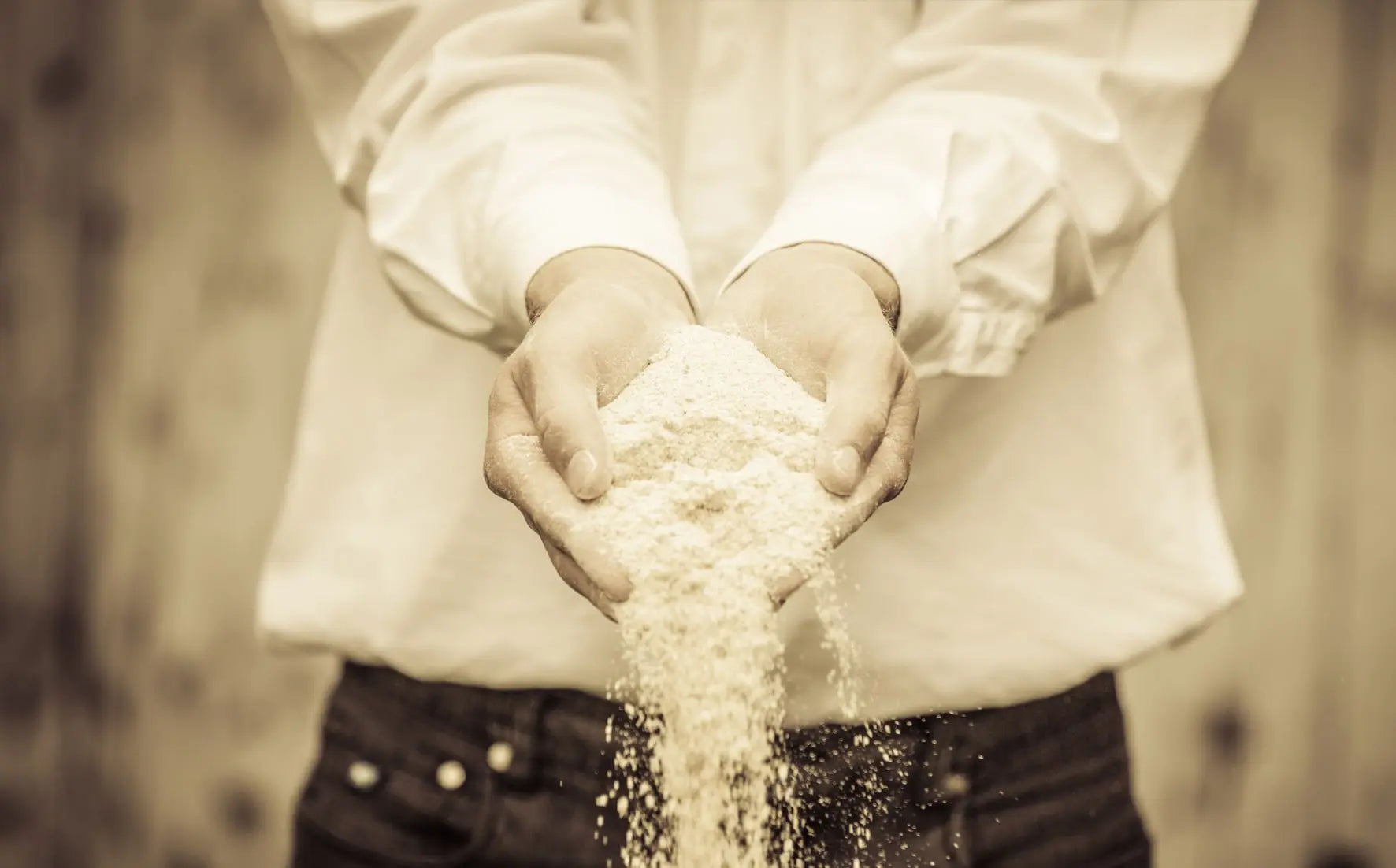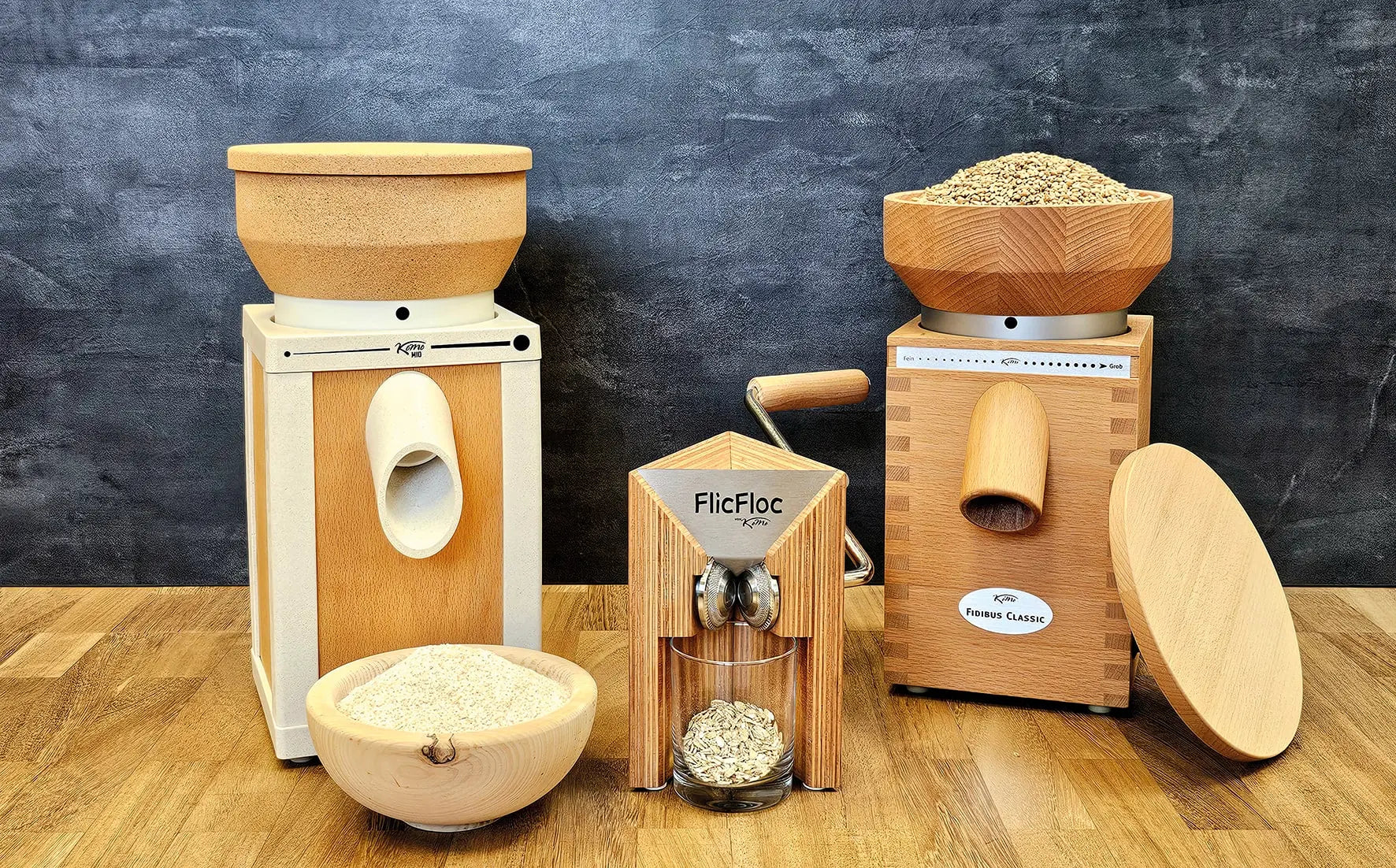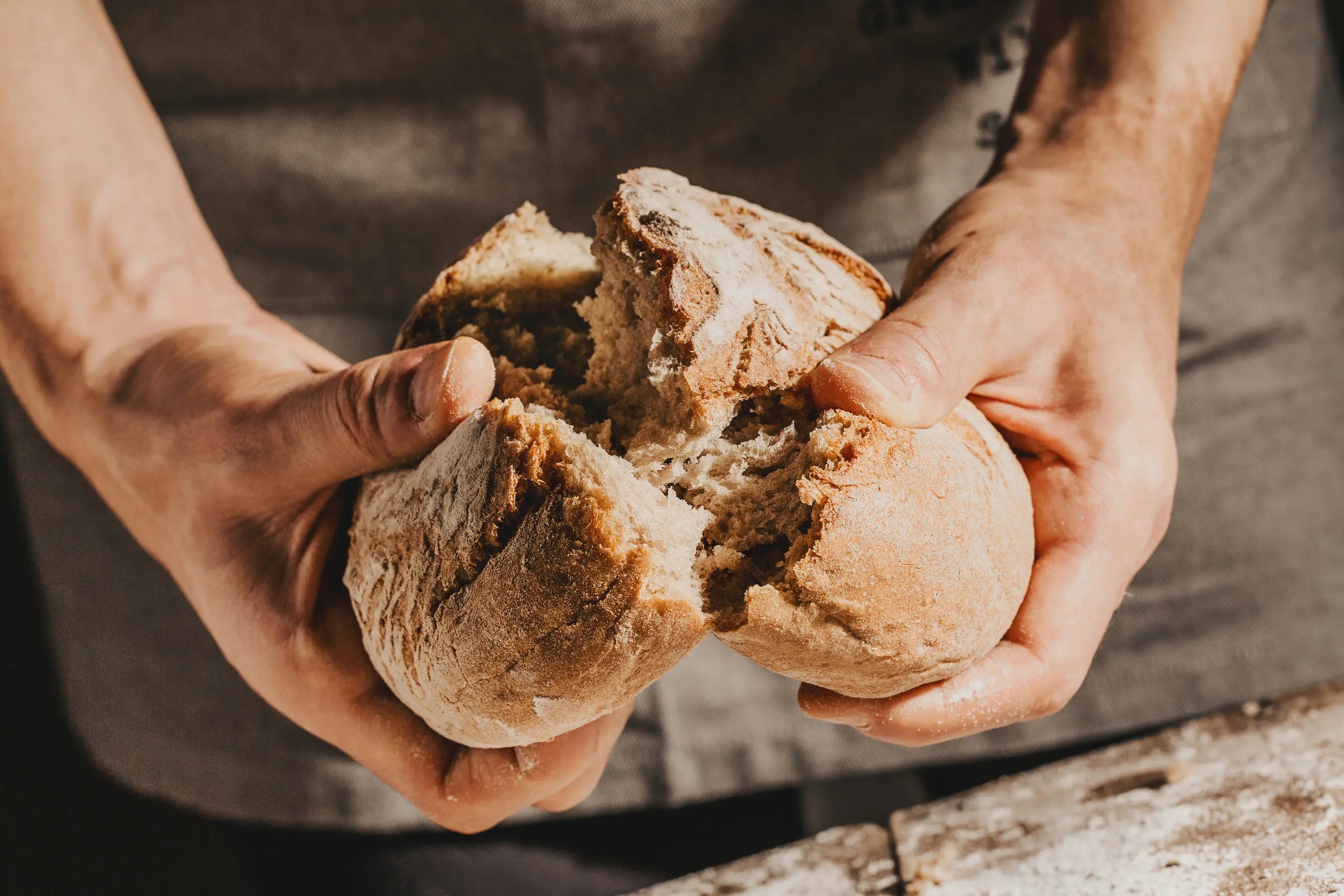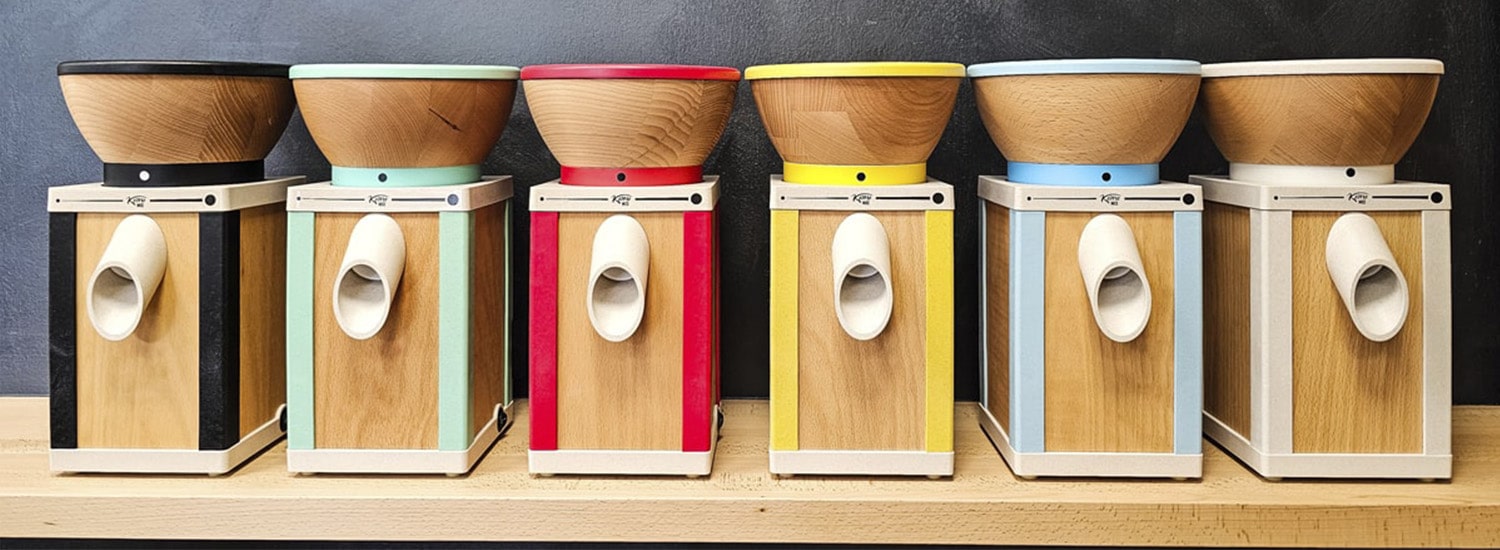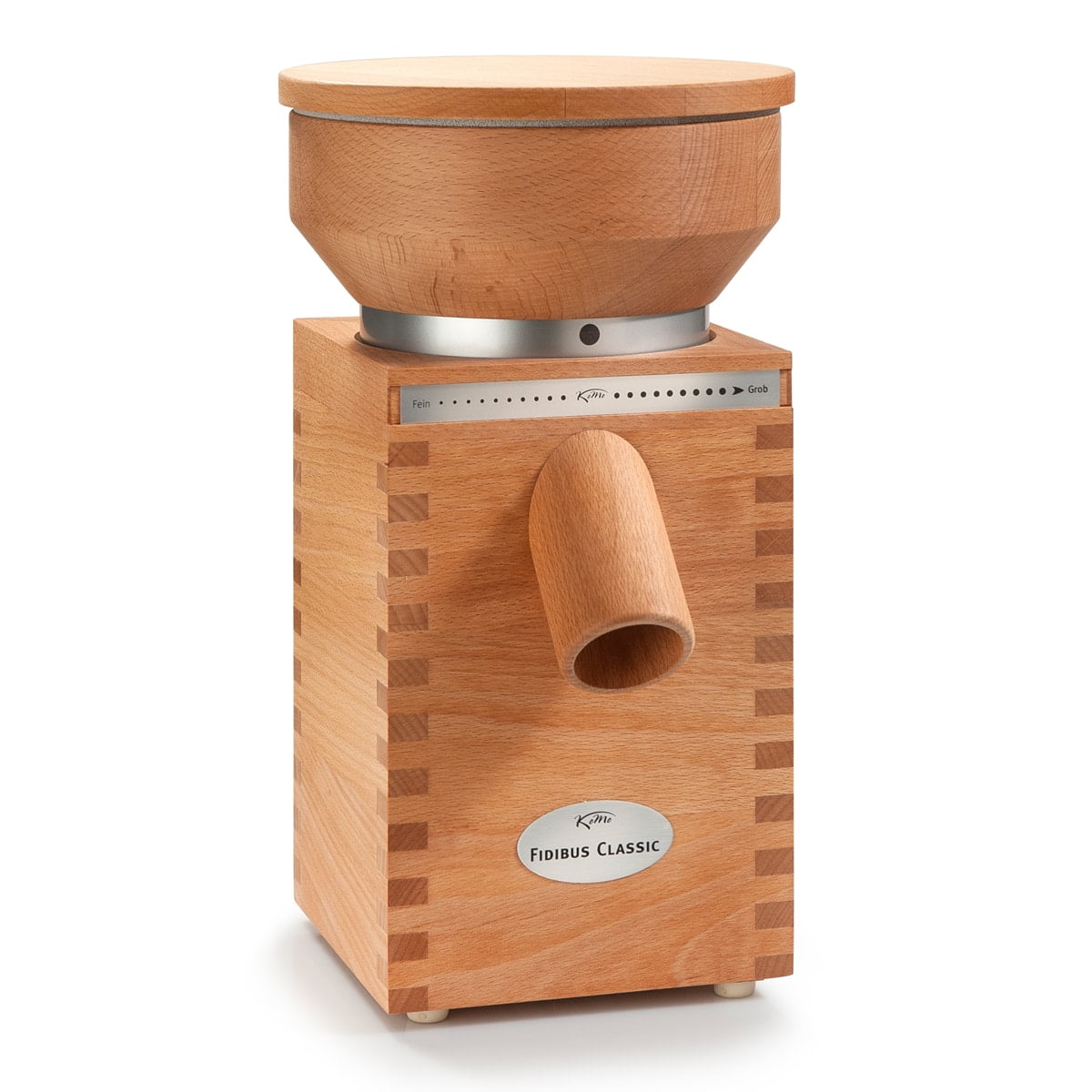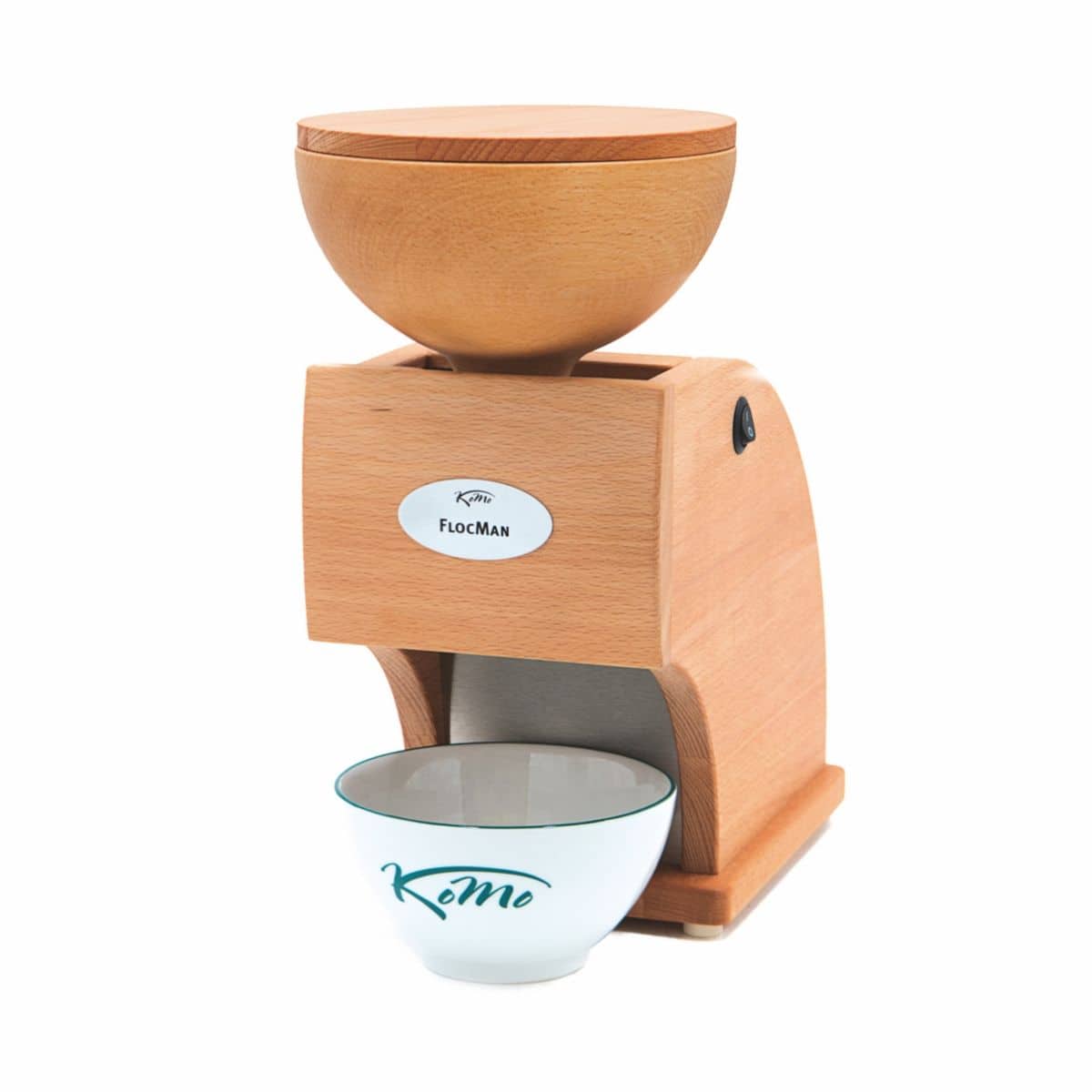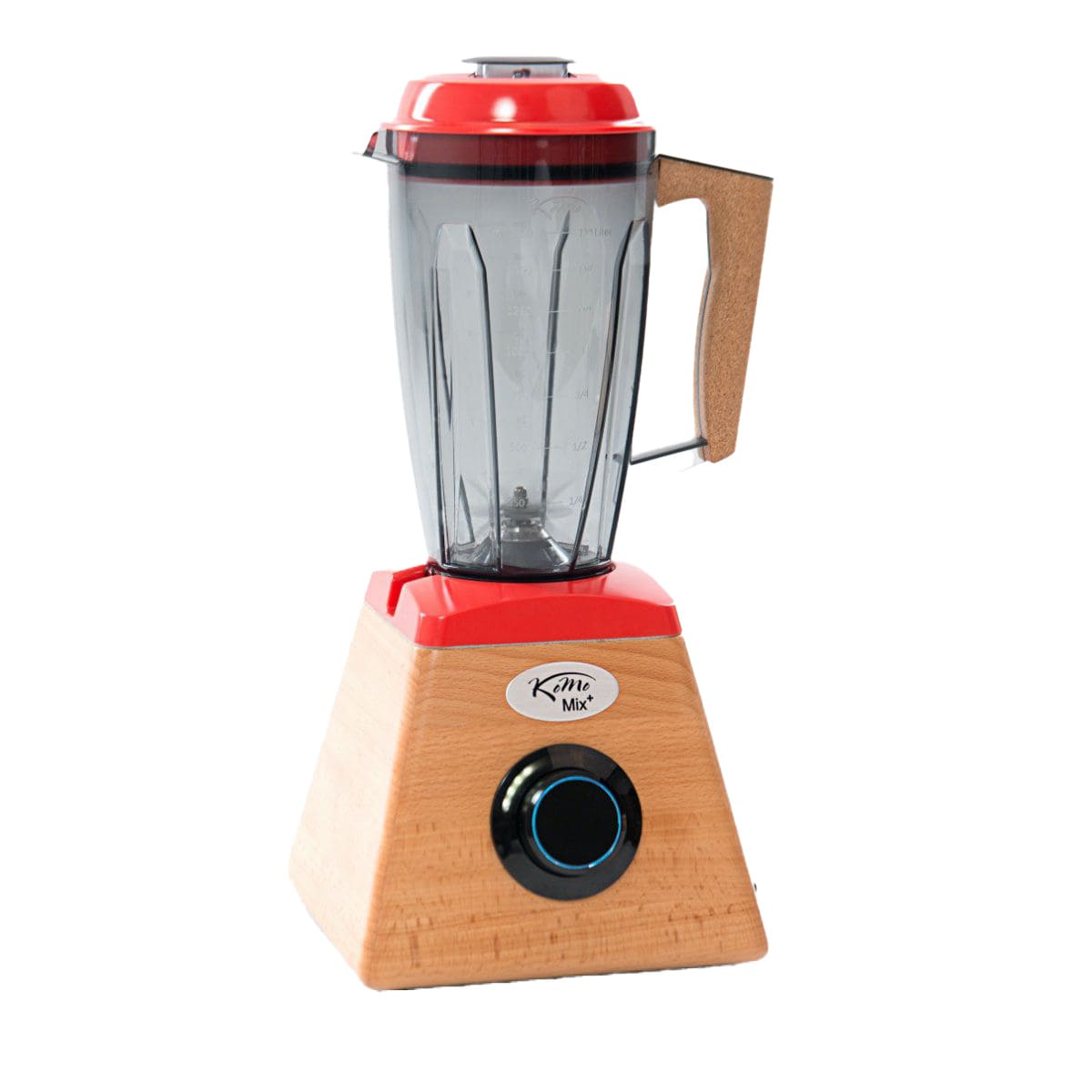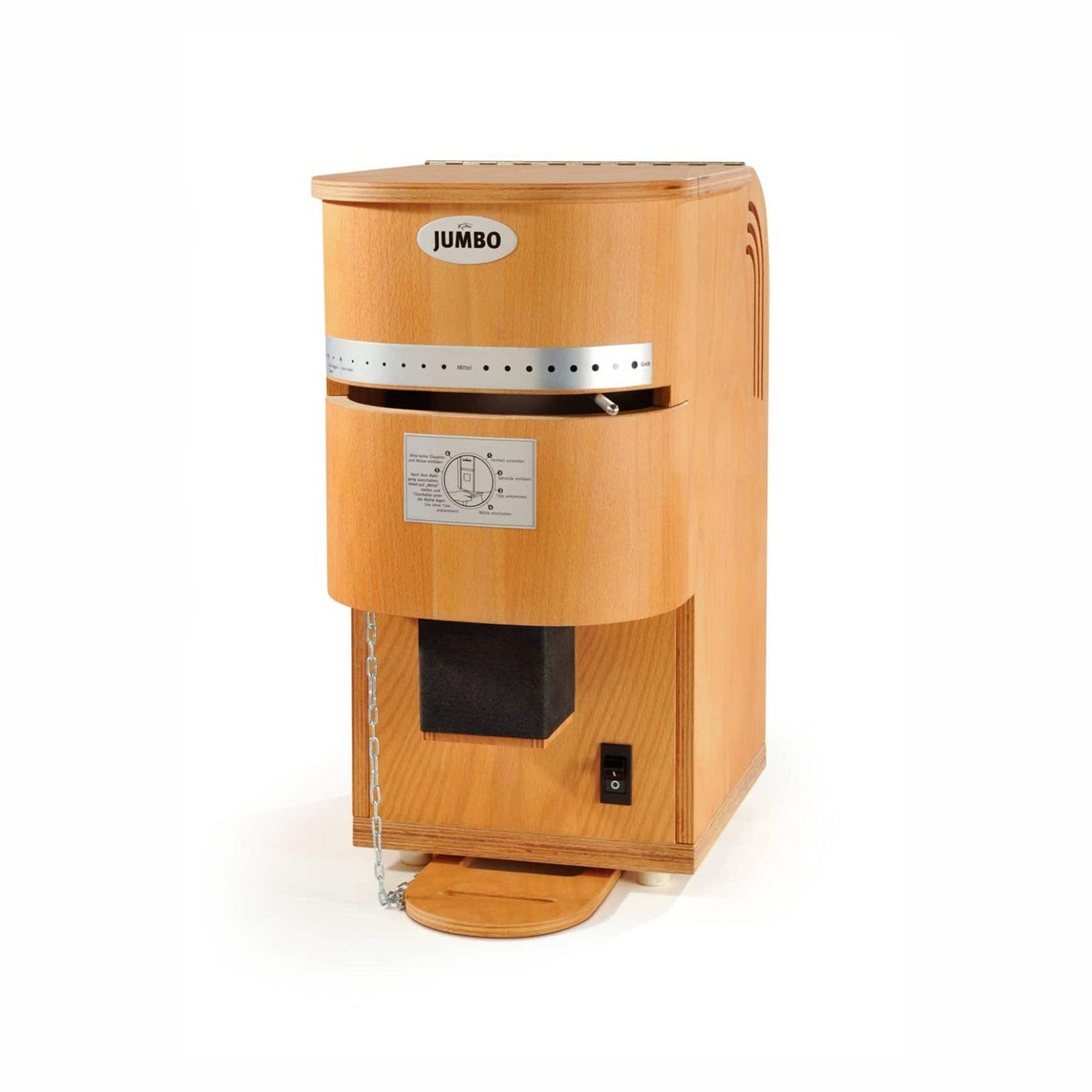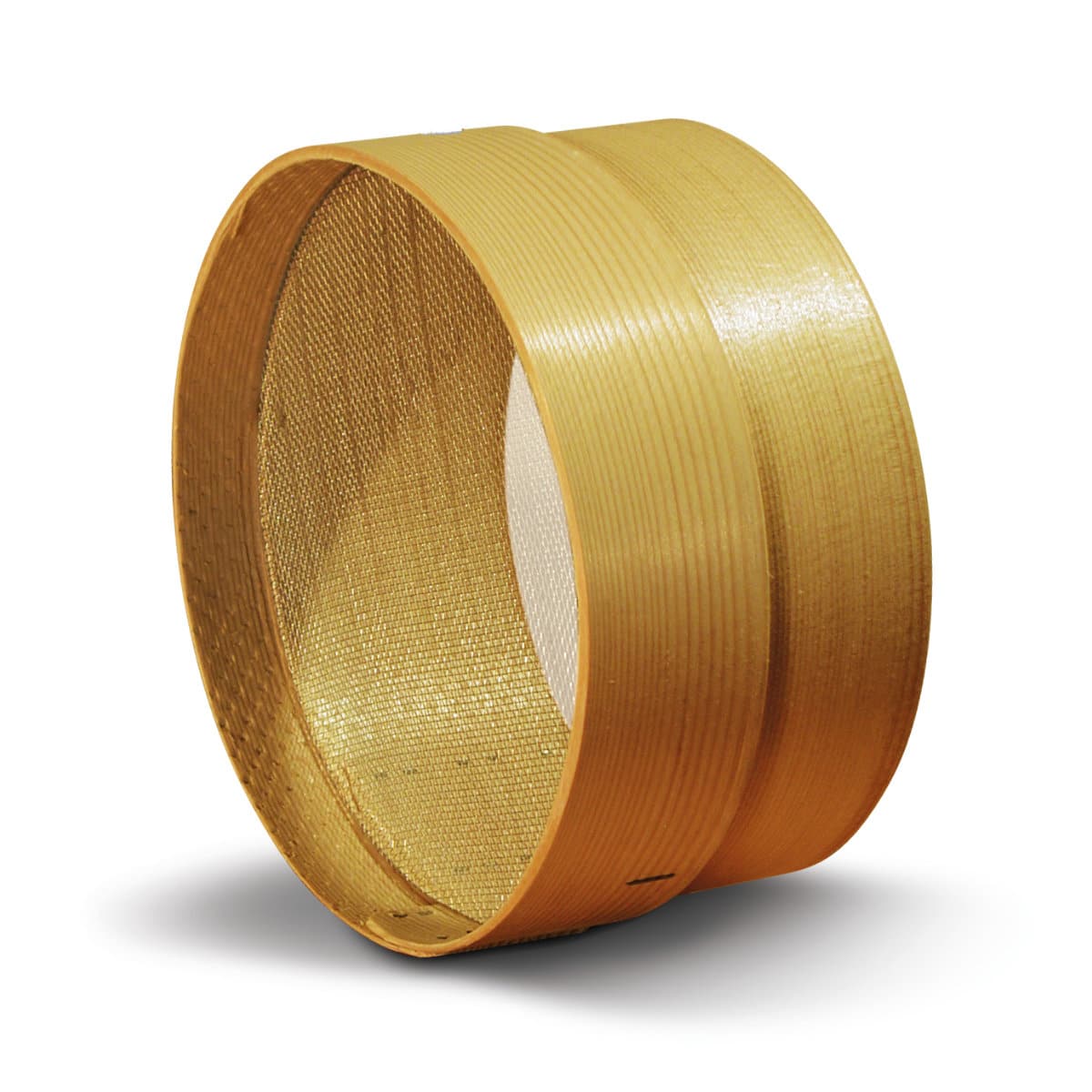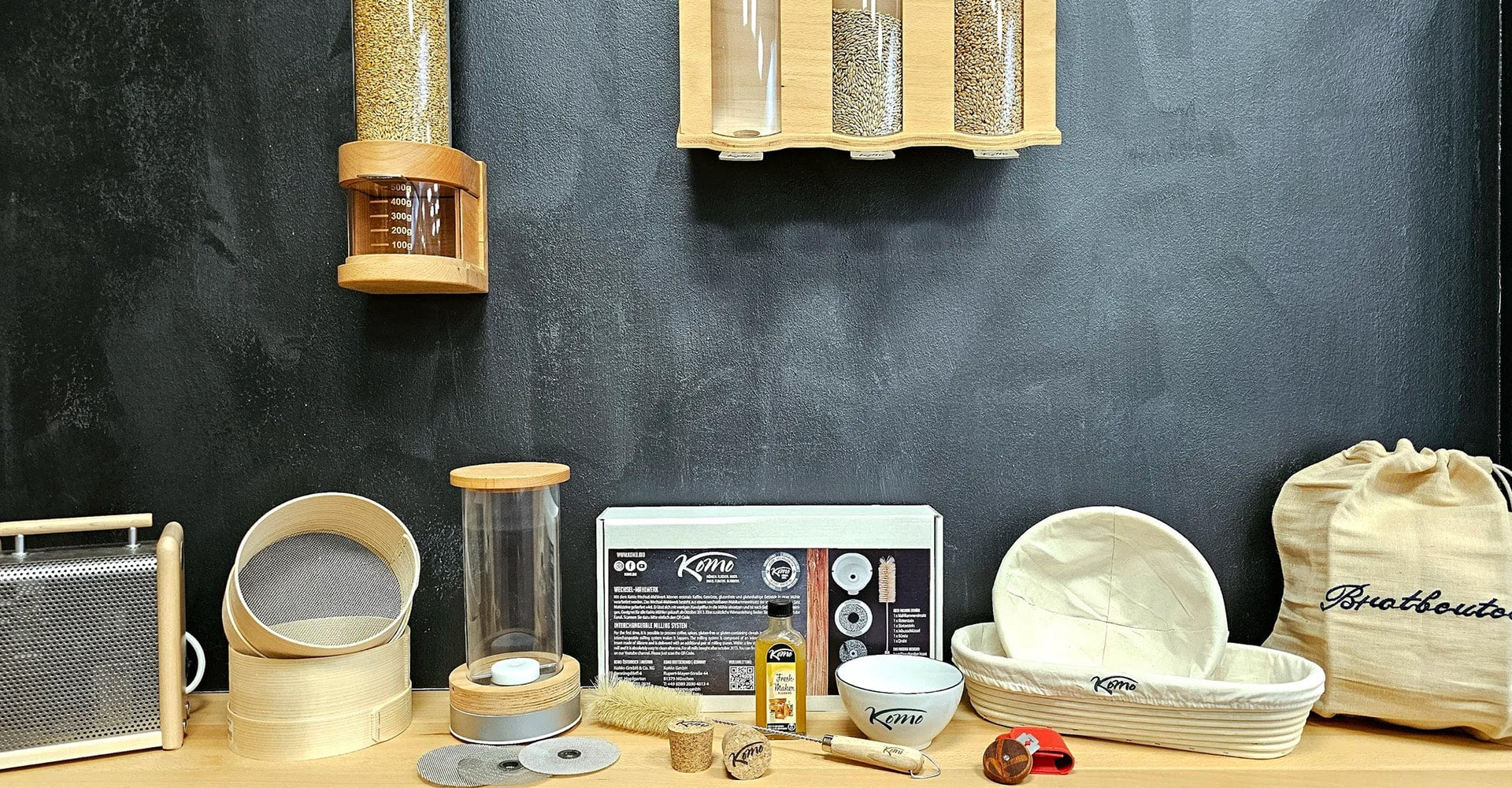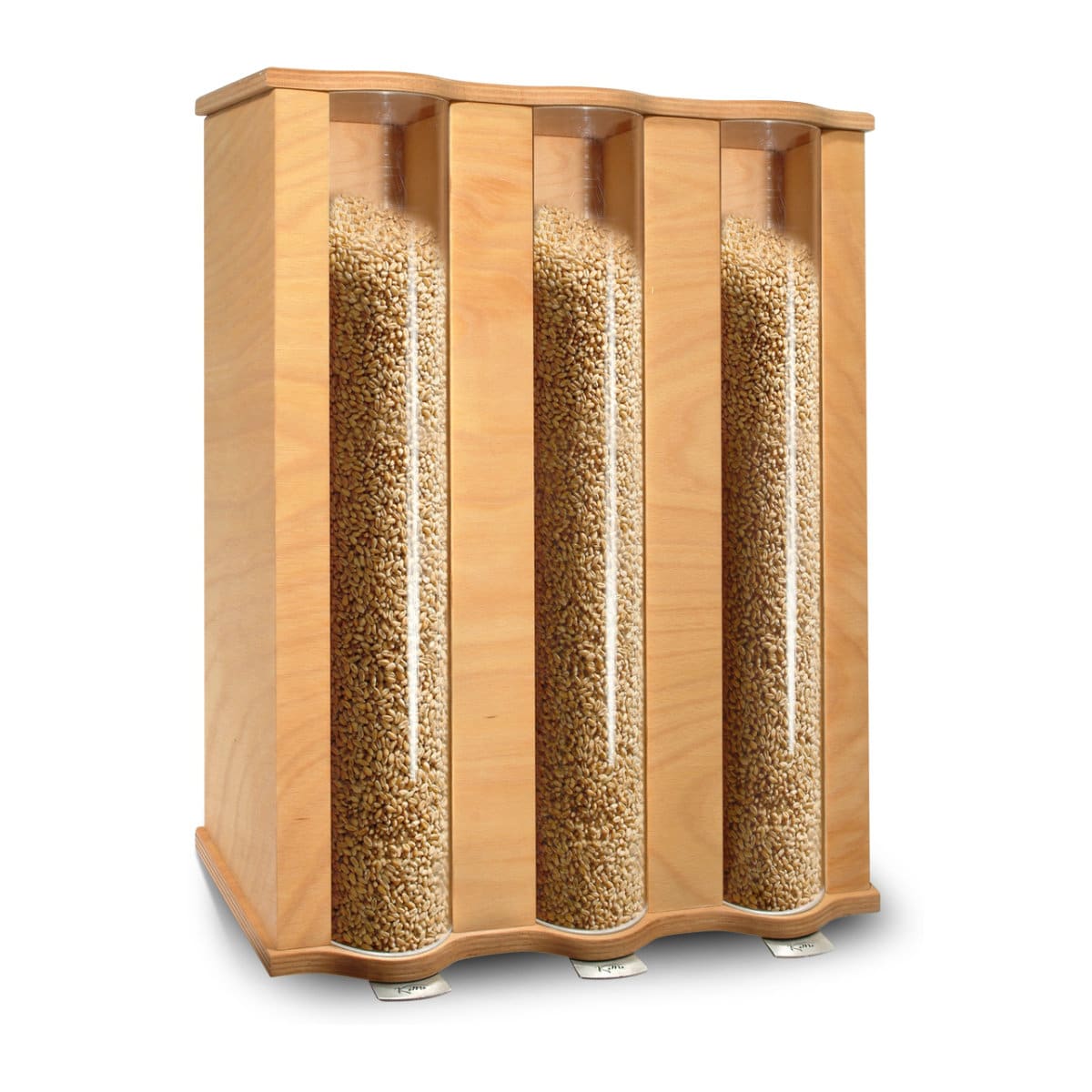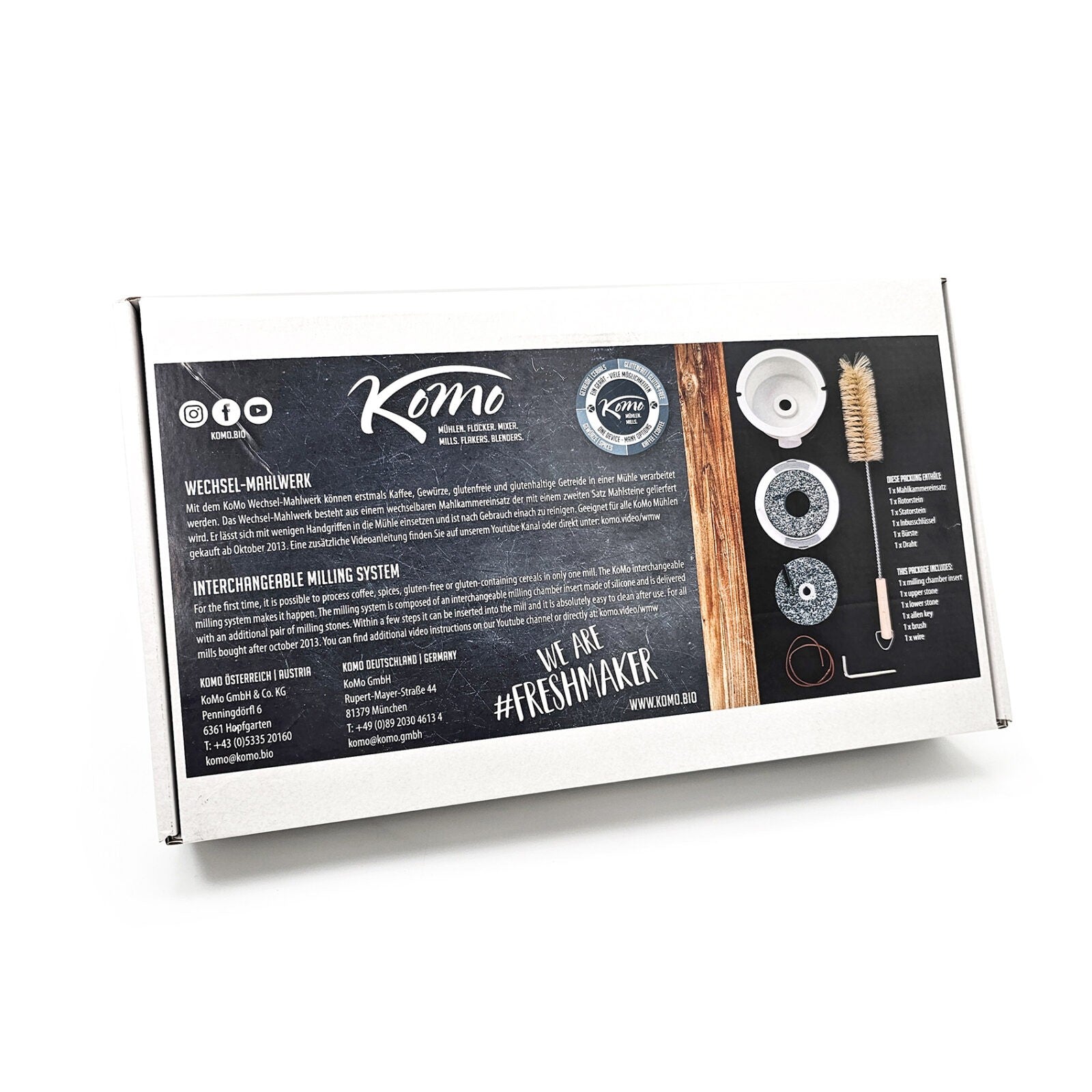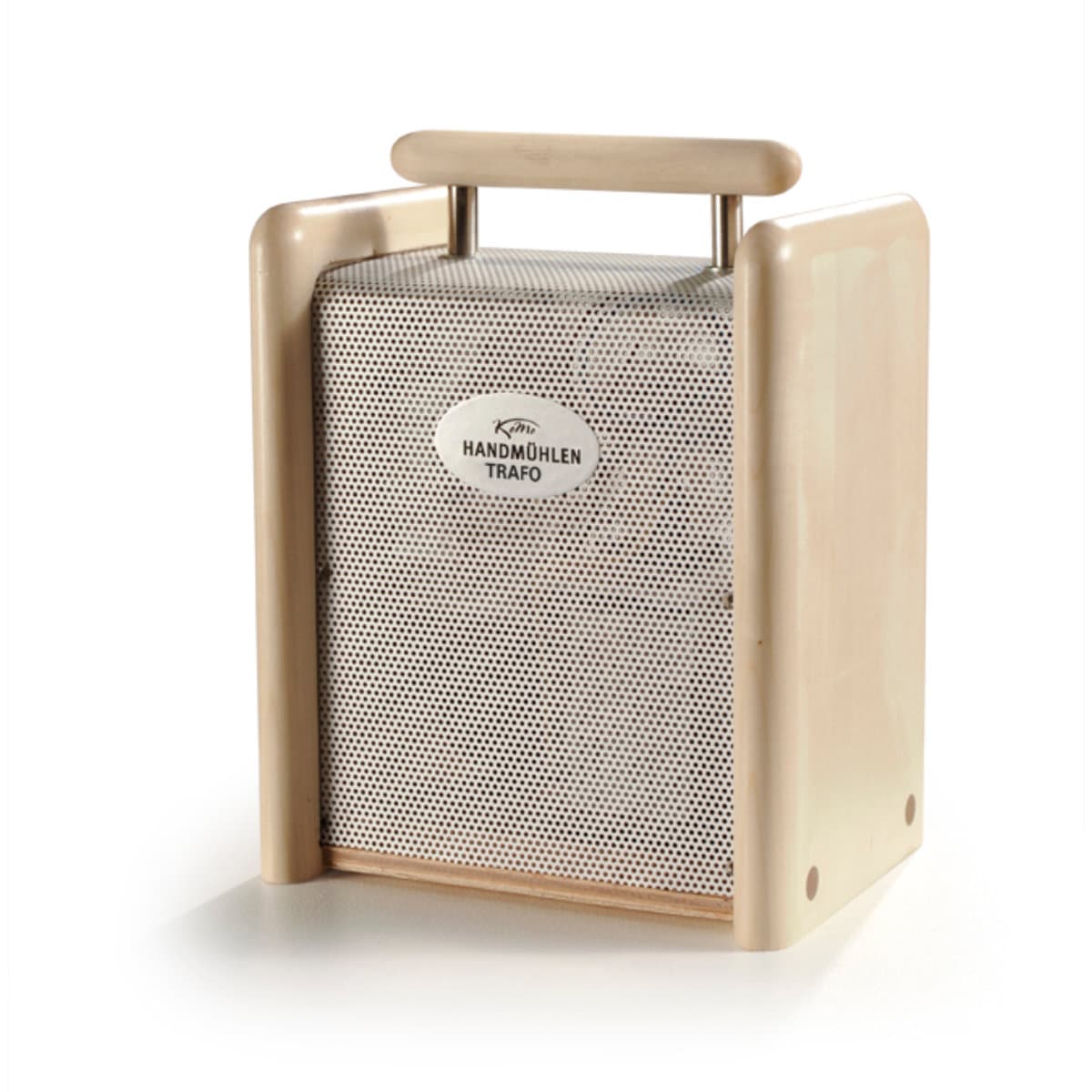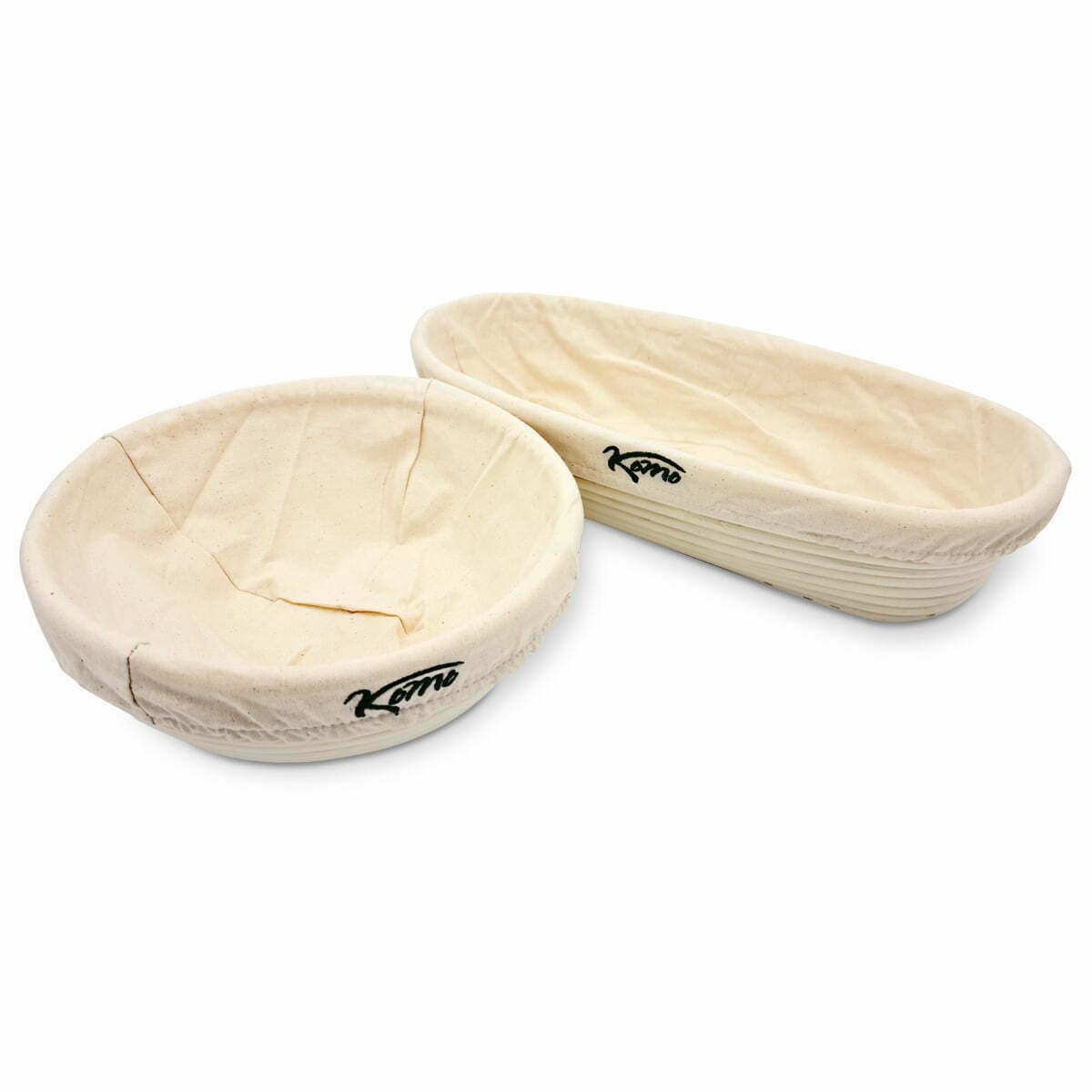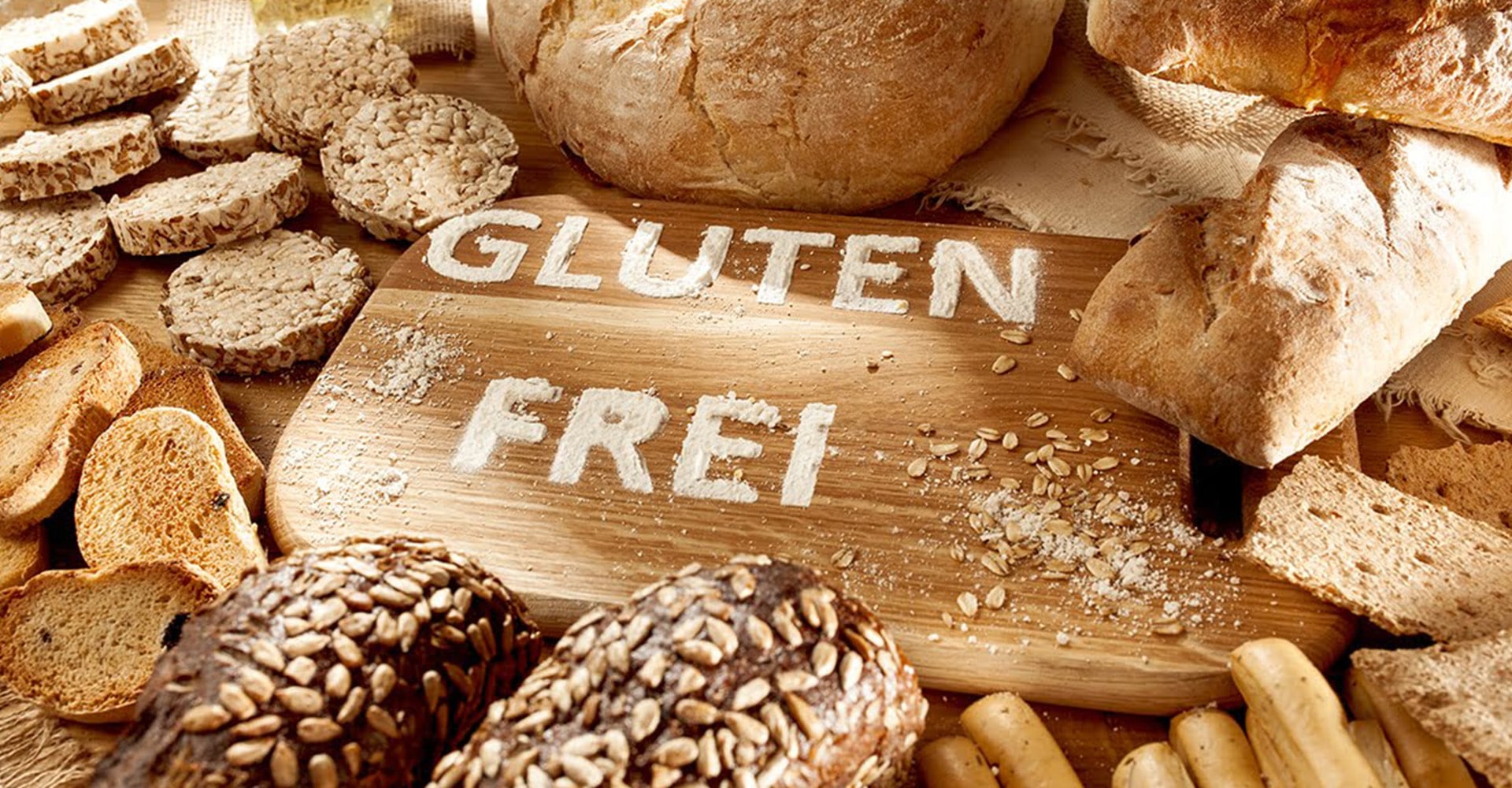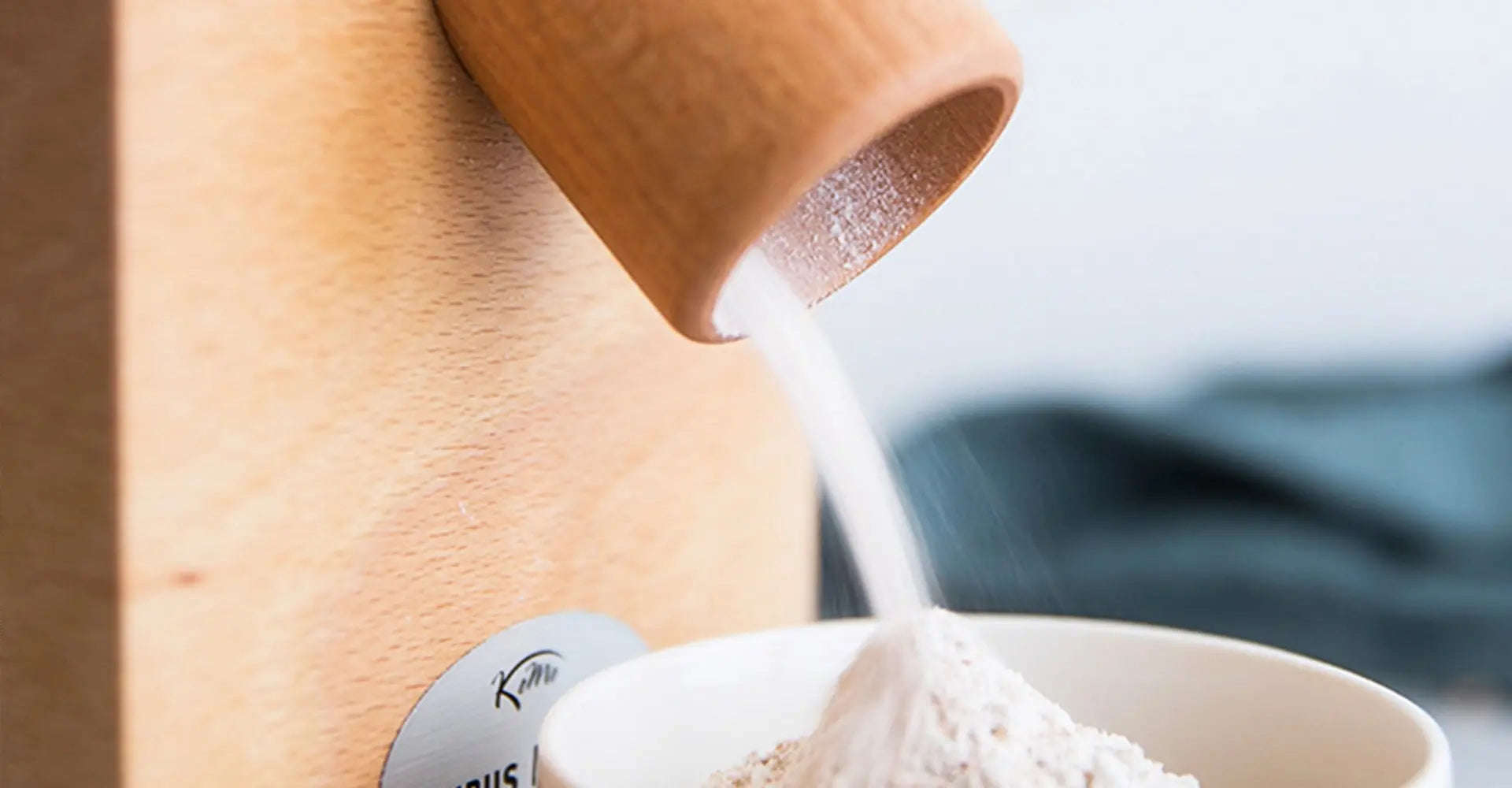Herzlich Willkommen bei KoMo
Ihre Experten für nachhaltige Küchengeräte - Mühlen. Flocker. Mixer.
Seit 1986 bauen wir zeitlose Klassiker, die weltweit geschätzt und geliebt werden.
Unsere Produkte stehen für höchste Qualität, Langlebigkeit und nachhaltige Werte – ohne Kompromisse. Wir setzen auf eine plastikfreie Herstellung und achten dabei auf jedes Detail, um Ihnen das Beste zu bieten. In Österreich mit Leidenschaft und Präzision gefertigt, finden unsere Klassiker ihren Weg in Haushalte auf der ganzen Welt
Nachhaltige Küchengeräte - Mühlen. Flocker. Mixer.
Unser Sortiment:
MAHL'S DIR SELBST!
Warum Getreide selber mahlen?
Es spricht eine ganze Menge dafür, sein Getreide selber zu mahlen: Mehr Nährstoffe, mehr Frische und mehr Geschmack. Um ein paar gute Gründe zu nennen.
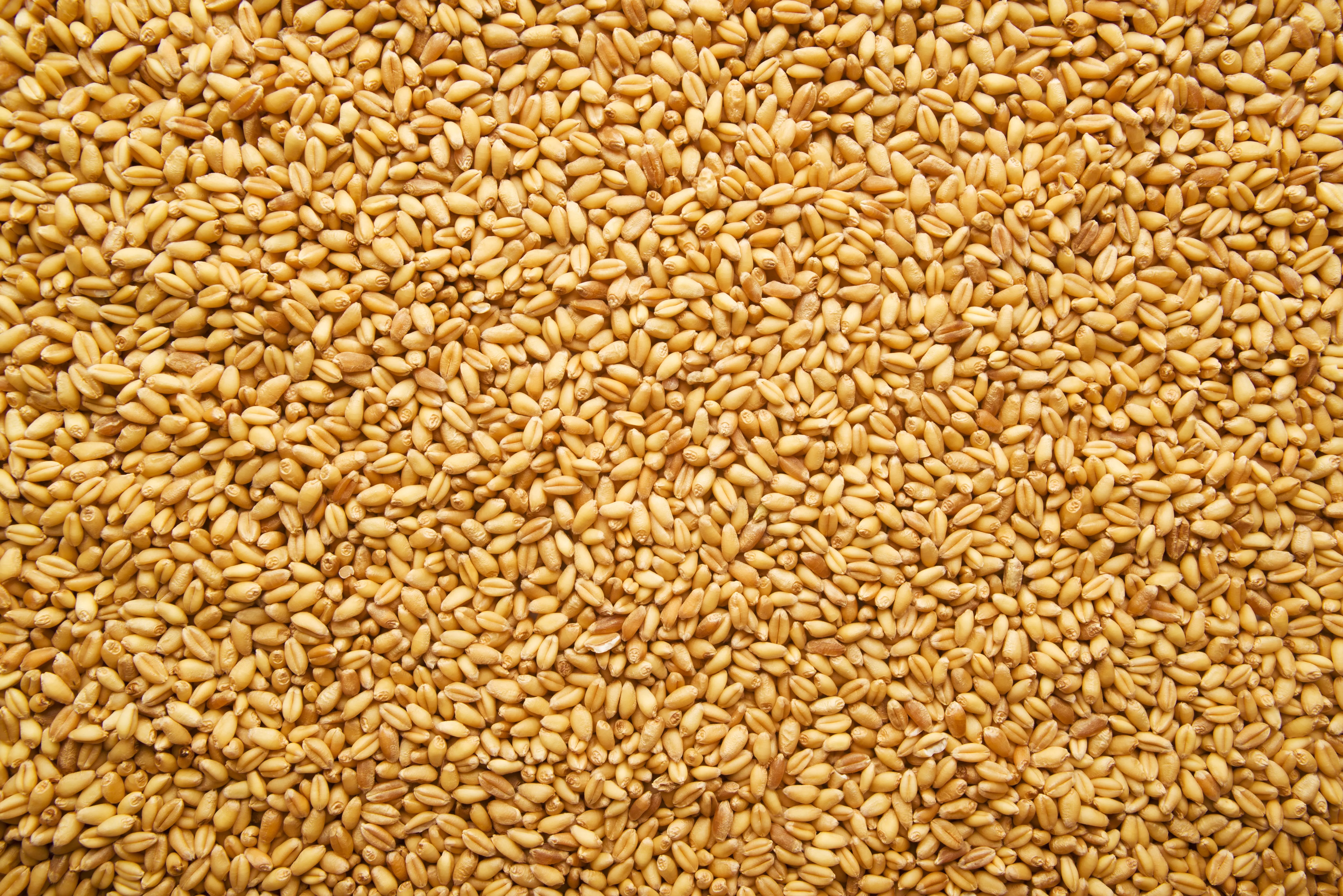
Von Getreide
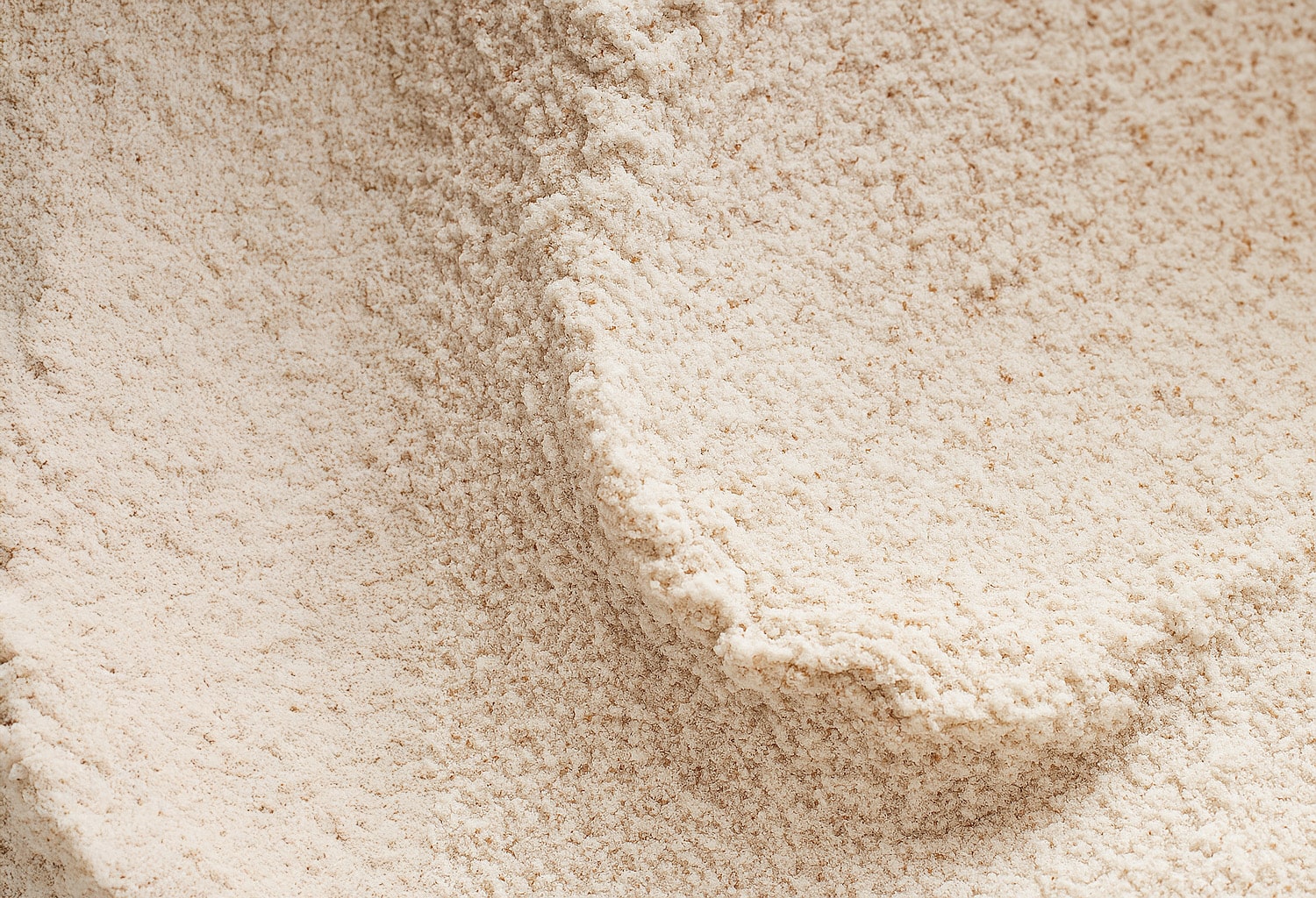
Zu Mehl
Shop the look
Deine Küche wartet:
Tipps, Tricks & mehr:
Sie fragen sich, was es mit den Mehltypen auf sich hat und wie Sie Typenmehl durch Vollkornmehl aus unseren KoMo Getreidemühlen ersetzen können? Dann sind Sie hier genau richtig!

